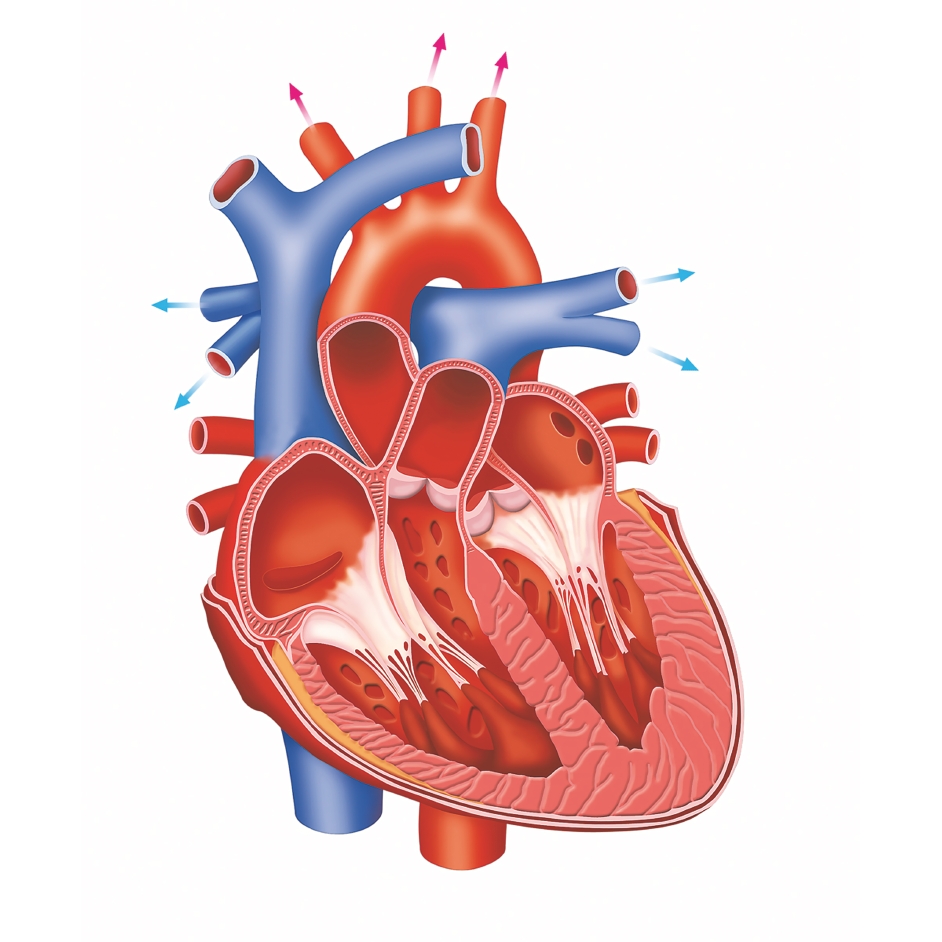The Human Body: How does the heart work?


Not only does your heart do amazing things, but it also does so tirelessly, every minute of every day from the moment you’re born (actually, even a bit before then) to the instant that you die. It weighs somewhere between 0.2 to 0.3 kg – slightly more if you’re male, less if you’re female. Its sole purpose is to push blood through your circulatory system, providing crucial oxygen and other nutrients to all your organs.
The heart is considered a double pump because the right half sends ‘used’ blood to your lungs. There, the blood drops off a load of carbon dioxide and picks up some fresh oxygen, which you have helpfully provided by breathing. Then the oxygenated blood returns to the left half of the heart. This ‘heart-to-lungs-to-heart-again’ trip is known as pulmonary circulation. The left side of the heart then pumps this oxygenated blood to every organ in your body other than your lungs. Your brain, your skin, the muscles in your thigh, your spleen – they all get blood (and therefore oxygen) by virtue of your beating heart.
Even the heart itself gets blood, via a special set of veins and arteries known as the coronary system. The myocardial muscle within the wall of the heart needs oxygen and other nutrients to keep beating. Unfortunately, the coronary arteries that do this job are very narrow, between 1.7 and 2.2 millimetres in diameter. If they become clogged with cholesterol or other fatty deposits, the heart stops working. This is bad for you.
Of course, the relatively simple concept of the double pump is fairly complex in practice. A series of valves control blood flow to the heart’s four chambers, allow for the build-up of enough blood pressure to get the job done and direct the blood to the correct veins and arteries.
For more science and technology articles, pick up the latest copy of How It Works from all good retailers or from our website now. If you have a tablet or smartphone, you can also download the digital version onto your iOS or Android device. To make sure you never miss an issue of How It Works magazine,





